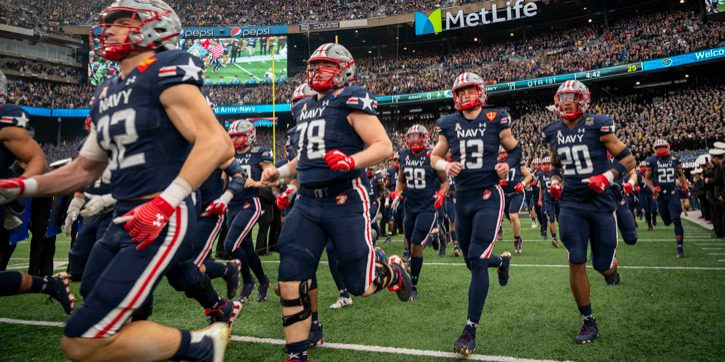At colleges and universities across the country, there are nearly a half-million student-athletes competing in National Collegiate Athletic Association (NCAA) sports during any given year.
As the NCAA often reminds its fans: “Most of them will go pro in something other than sports.”
For a small cross section of college athletes from the four military service academies, they know exactly what they’re “going pro” in – after graduation, they will become officers in the U.S. military.
Since 2014, the Department of Defense (DoD) and the NCAA have been working together as part of the NCAA-DoD Concussion Assessment, Research and Education (CARE) Consortium, which brought over 30 colleges and universities together, including the four military service academies, to conduct the largest research study of its type to better understand the effects of concussions and repetitive head impact exposure on the brain health of student-athletes.


